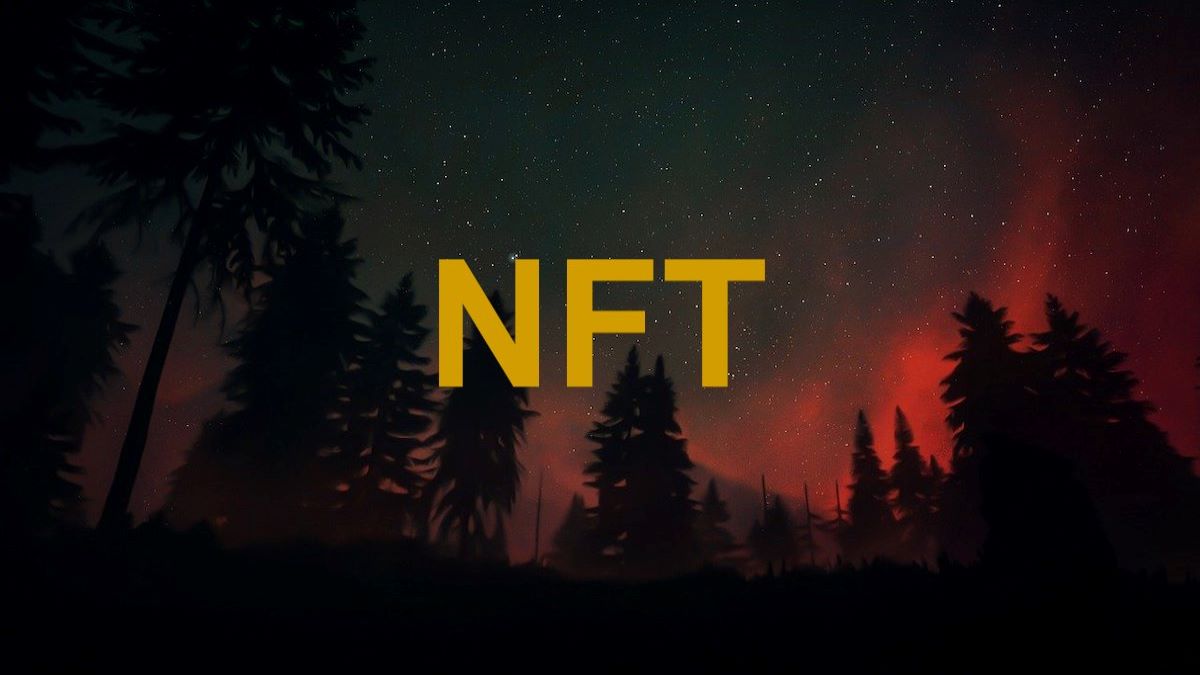Numerous new applications for non-fungible tokens (NFTs) have been emerging since the market for them exploded. NFTs entered the decentralised banking, art, gaming, smart contracts, fundraising, and many more industries in 2021, as reported by Just Creative.
Meanwhile, investors are using their NFTs and NFT collections as collateral to get loans for new potential ventures and emergencies. NFT loans are an emerging use case. NFT is another marketplace where users can put up NFT assets as collateral for loans or offer loans to other users. In exchange for an ETH loan, any ERC-721 token can be used as collateral. The NFT is returned to the borrower once the loan is repaid. If the loan is not paid back, the asset is returned to the lender.
The cost of the CryptoCrisp NFTs was set at the same amount as a typical Pringles can, or around 0.0013 ETH, or $2. Prices for the NFTs now start at 4 ETH on Rarible and OpenSea.
As per industry experts, NFT marketplaces are now being created to make it easier to trade intellectual property in the technological and scientific domains, which will aid laboratories in raising money.
Although government regulation of the cryptocurrency business is nothing new for investors, the interest of the government in regulating NFTs is a relatively recent development. Since NFTs are bought and sold using cryptocurrencies, and the wallets used to do so are (in most cases) anonymous, regulators have been wary about the $20 billion NFT industry.
The financial action task force in France seeks to clarify the classification of NFTs and the precise standards to be applied in determining whether an NFT is a virtual asset, security, or something else entirely. The Securities and Exchange Commission in the US is likewise trying to decide which NFTs need to be classified as securities and which should not.
Get live Share Market updates and latest India News and business news on Financial Express. Download Financial Express App for latest business news.

